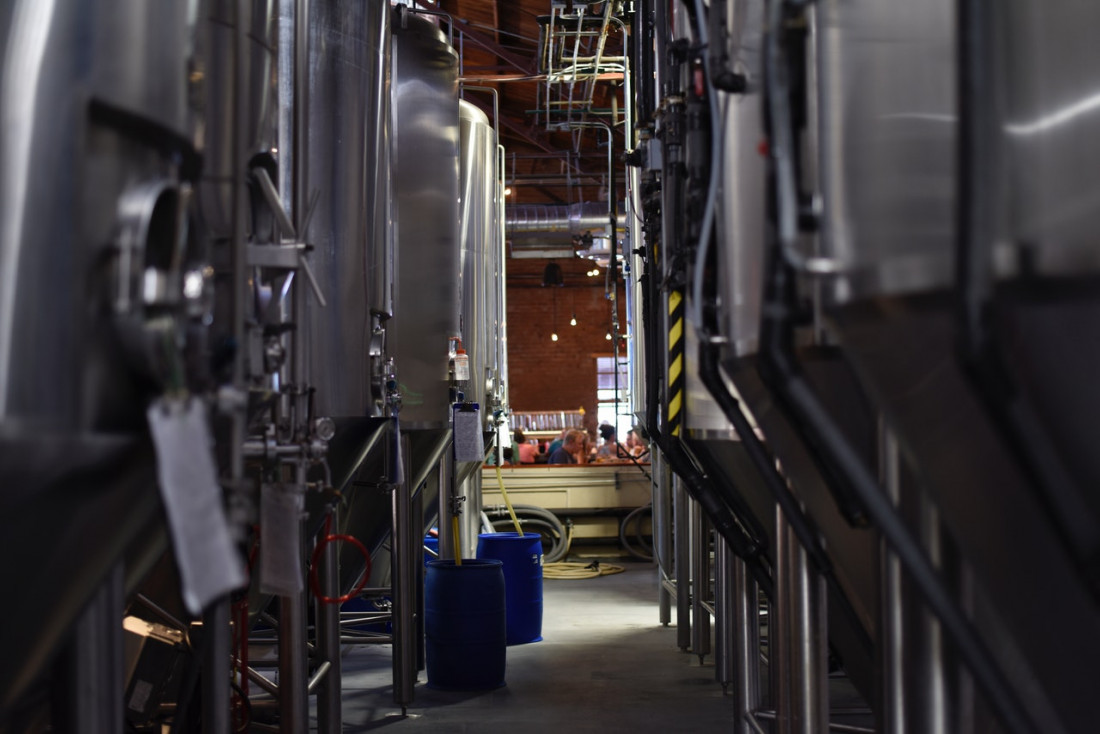Chemical researchers at the University of Colorado in Boulder have found that wastewater from the beer brewing process can provide an environment for the carbon-based materials needed to make energy storage cells. In doing so, they have potentially solved two problems; they have discovered an environmentally friendly and economic source of battery feedstock for electrodes, and they have also found a use for a waste product that breweries pay to throw away.
As Tyler Huggins, a graduate student in CU Boulder’s Department of Civil, Environmental and Architectural Engineering and lead author of the new study says, “Breweries use about seven barrels of water for every barrel of beer produced, and they can’t just dump it into the sewer because it requires extra filtration.”
The method for producing the material is based on using the wastewater as an environment for growing a fungus that can then be baked dry to produce a “a freestanding biomass-derived lithium-ion anode.”
The advantages of this process are made clear on the University website, which explains that, “…researchers utilized the unsurpassed efficiency of biological systems to produce sophisticated structures and unique chemistries by cultivating a fast-growing fungus, Neurospora crassa, in the sugar-rich wastewater produced by breweries.
‘The wastewater is ideal for our fungus to flourish in, so we are happy to take it,’ said Huggins.
By cultivating their feedstock in wastewater, the researchers were able to better dictate the fungus’s chemical and physical processes from the start. They thereby created one of the most efficient naturally-derived lithium-ion battery electrodes known to date while cleaning the wastewater in the process.”
More scientifically, the researchers have reported their findings in the American Chemical Society journal Applied Materials & Interfaces, as follows, “the carbon/nitrogen ratio of [the fungus] Neurospora crassa mycelia mats was shifted by 5-fold while generating cobalt nanoparticles into the hyphal structure originating from macroconidia spores. This shift was achieved through nitrate limitation and equal molar concentrations of Mg2+ and Co2+ in the growth media. The resulting mycelia mat was converted via a high-temperature pyrolysis process (800 °C) to produce a freestanding cobalt and nitrogen codoped electrode material with no postmodification. Ultimately, nitrogen doping resulted in one of the highest recorded specific reversible capacity for a freestanding biomass-derived lithium-ion anode (400 mAh g–1 at C/10). We observed an additional improvement in capacity to 425 mAh g–1 with the incorporation of 3 wt % Co. Our results show how shaping the chemical characteristics of an electrode during the growth of the biotemplate allows for sustainable carbon-based material manufacturing from a living (self-assembled) material.”
You can see more about this development on the YouTube clip here.
Not only does the new method solve the problem of brewery waste and the sourcing of battery feedstock, but it is also adding weight to the industrial bio-chemical movement. By showing how such natural products as beer wastewater and fungi can provide a useful chemical feedstock for industry, the researchers have proven the advantage of analysing chemical processing problems from a different perspective.
As Zhiyong Jason Ren, an associate professor in CU Boulder’s Department of Civil, Environmental and Architectural Engineering and a co-author of the new study explains, “The novelty of our process is changing the manufacturing process from top-down to bottom-up. We’re biodesigning the materials right from the start.”
Moving forward, the researchers have filed a patent for the process, and hope to make a commercial success of the battery manufacturing method. Indeed, the team have already founded a partnership with Avery Brewing in Boulder, with a view to starting a larger pilot program for the technology.
Certainly the team are optimistic that they have found a winning economic formula, with Huggins declaring, “We see large potential for scaling because there’s nothing required in this process that isn’t already available.”


